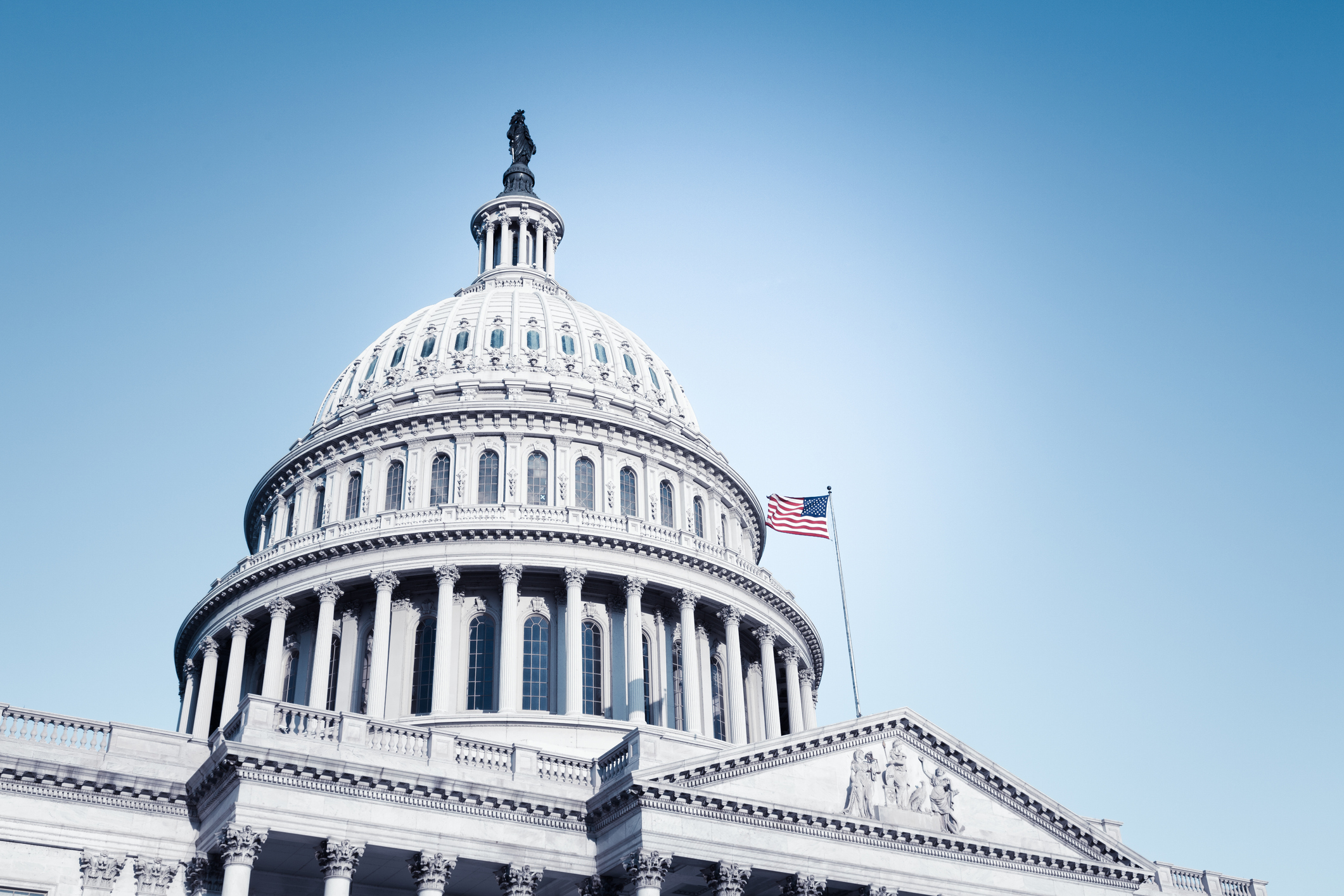
This week, Congress passed a stopgap funding bill that includes a one-year farm bill extension rather than a full five-year overhaul. For many agricultural producers, the move signals a shift in Washington’s approach: shorter-term fixes rather than sweeping reform.
What We Know
The new continuing resolution keeps the government funded through January 30, 2026, and it extends key farm-program authorizations for one year. Programs that were slated to expire remain in place for now—grain-inspection services, commodity support programs, and crop-insurance provisions among them.
Lawmakers and economists say this may be the start of a “new normal” for agriculture policy: instead of a large, multi-year farm bill, Congress may increasingly rely on piecemeal extensions and stopgap measures.
What It Means for Farmers and Their Communities
The one-year farm bill extension creates both immediate relief and long-term uncertainty. On the plus side, farms know that programs remain funded into early 2026—providing stability through harvest and early planting planning. But the brevity of the extension also makes budgeting and investment decisions harder. Equipment purchases, cover-crop plans, and conservation investments typically rely on multi-year certainty.
Community‐based ag operations may feel the squeeze. When farmers defer decisions because policy is unpredictable, local equipment dealers, seed sales, and input suppliers face ripple effects. A shorter policy horizon may slow investment in newer technologies or conservation practices.
What Farmers Should Do Now
With the farm bill extension in place until January 2026, farmers should review program eligibility, lock in inputs, and adjust their risk management plans. It’s wise to talk to lenders and advisors about how shorter policy windows may affect cash flow or loan structures.
Farm organizations and local leaders should engage legislators now. If the “new normal” becomes habit, growers need to advocate for stronger stakeholder involvement in shaping future policy rather than relying on surprise extensions.
Final Thoughts
The farm bill extension embedded in the stopgap bill may buy time and avoid immediate policy disruption—but it also underscores a shifting model for agriculture legislation. The era of sweeping five-year farm bills could be ending. For farmers and rural communities, the focus must now shift to readiness, advocacy, and planning under a shorter horizon of certainty.
Similar Blog: Lawmakers Weigh Farm Market Aid in Upcoming Farm Bill



